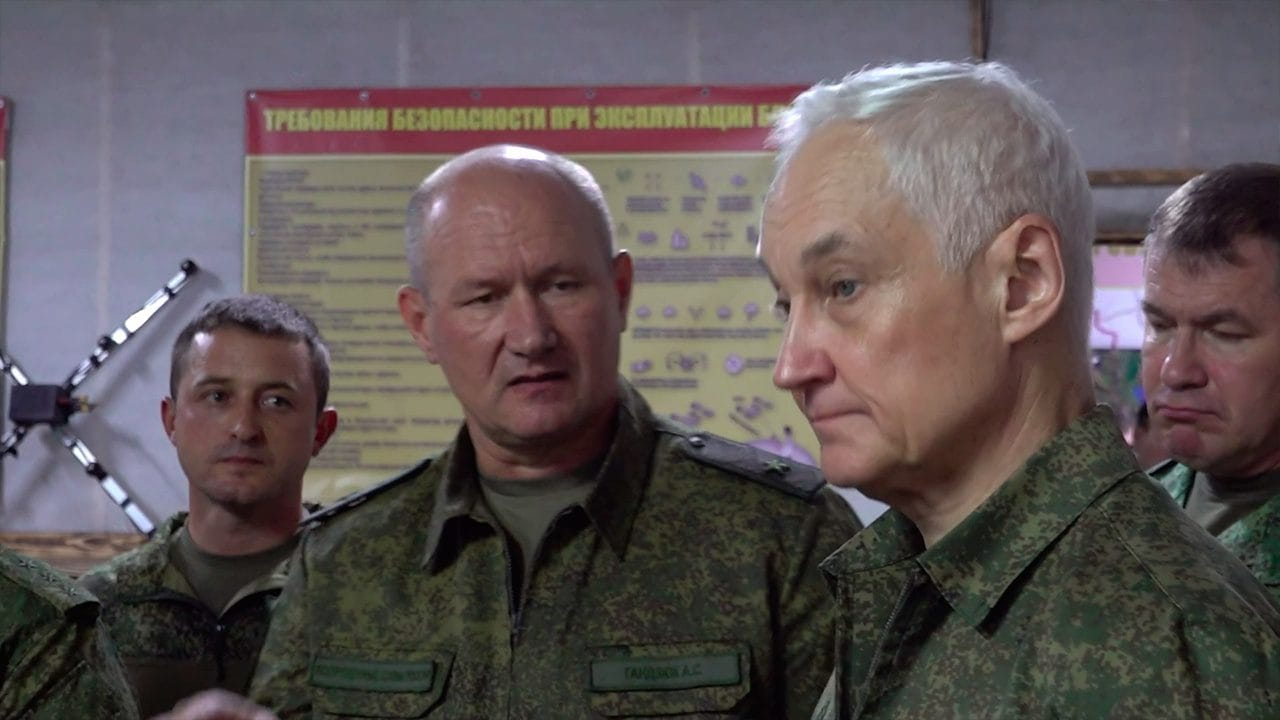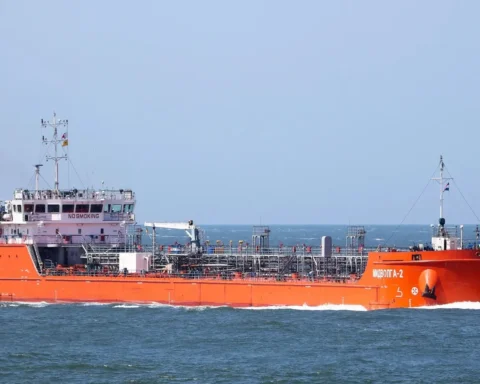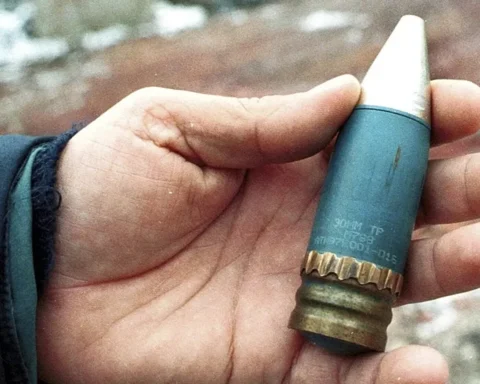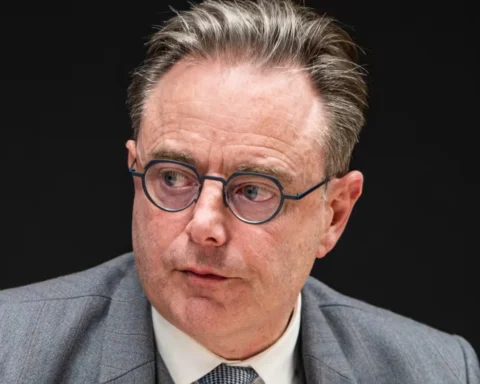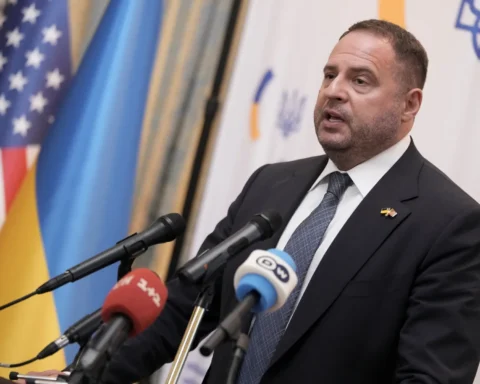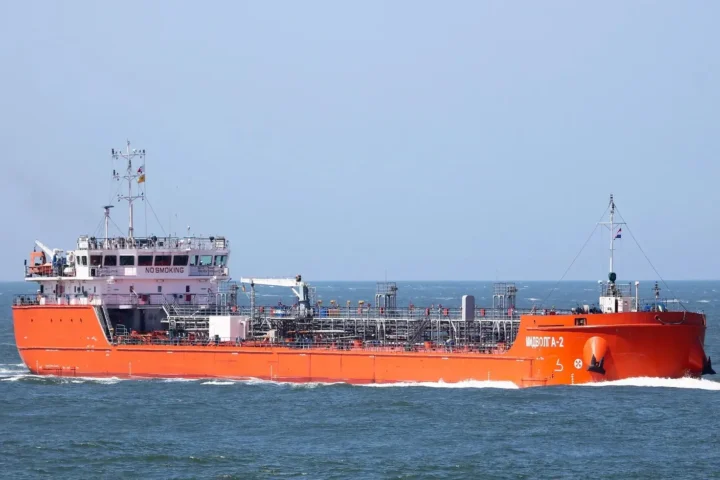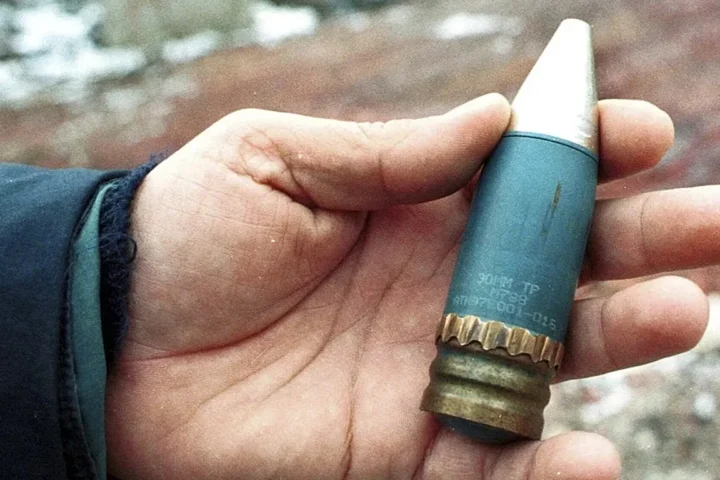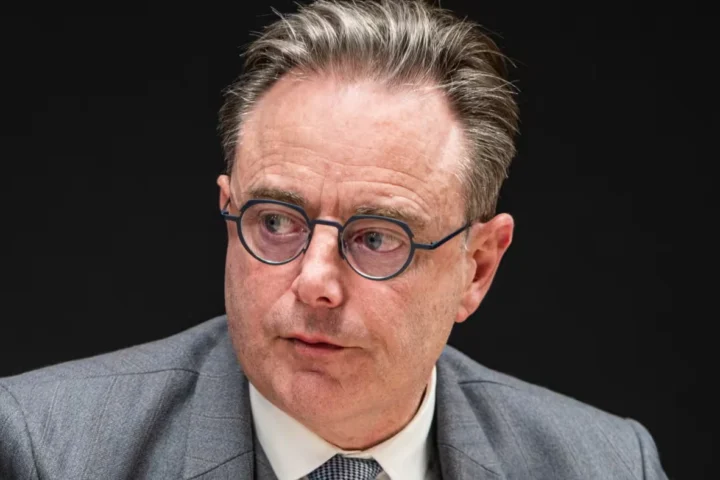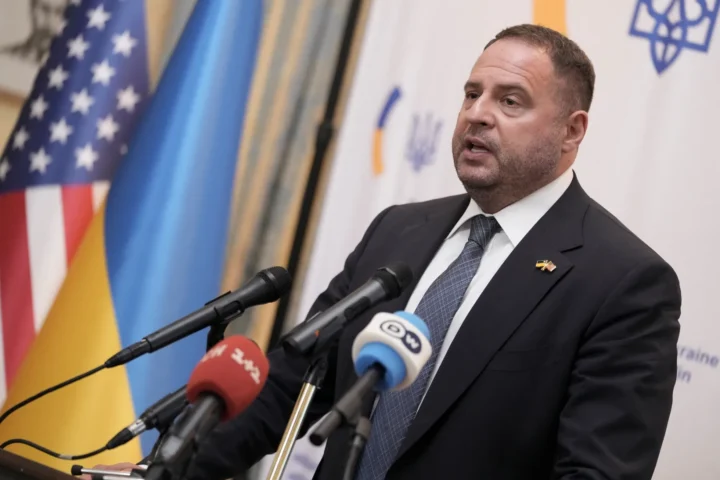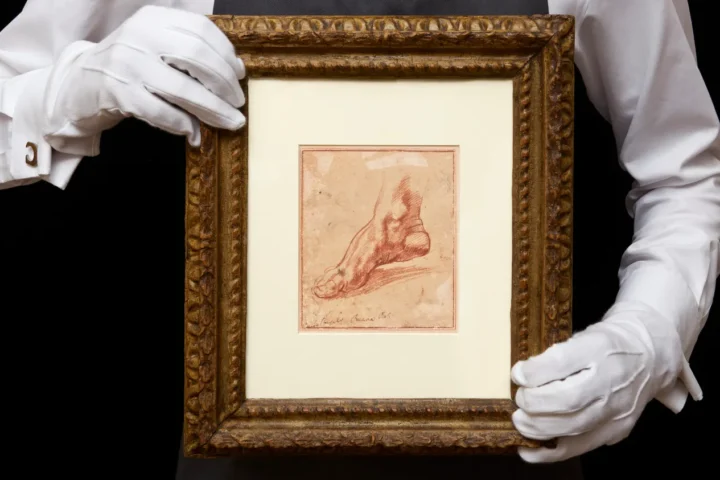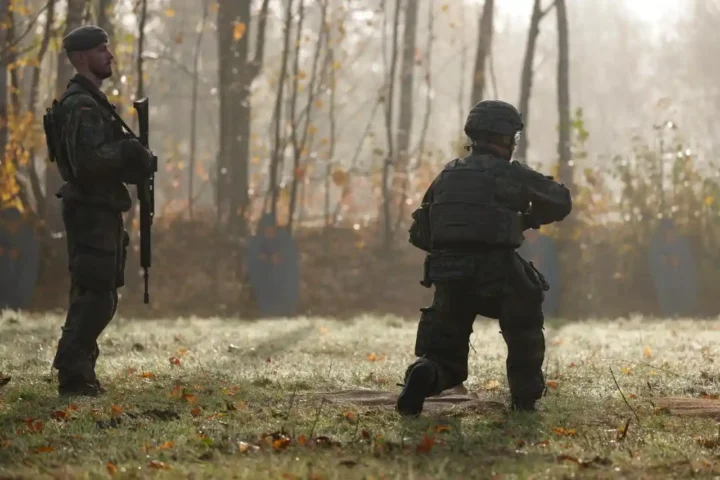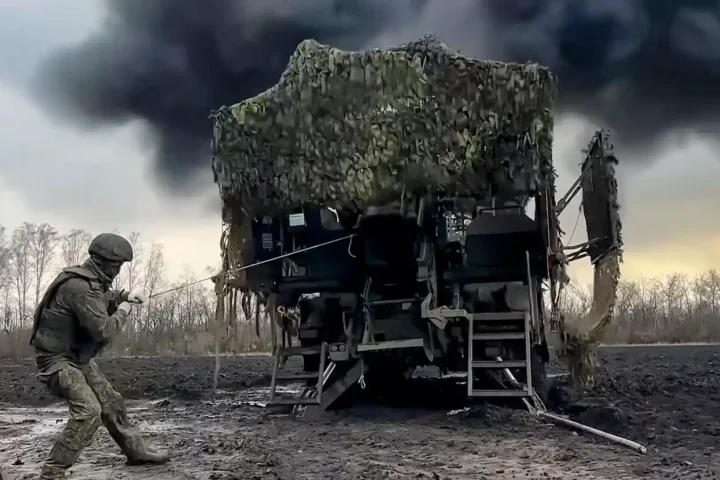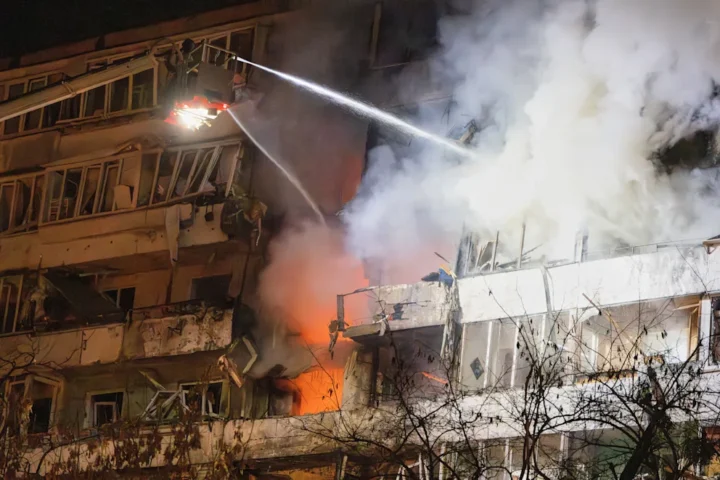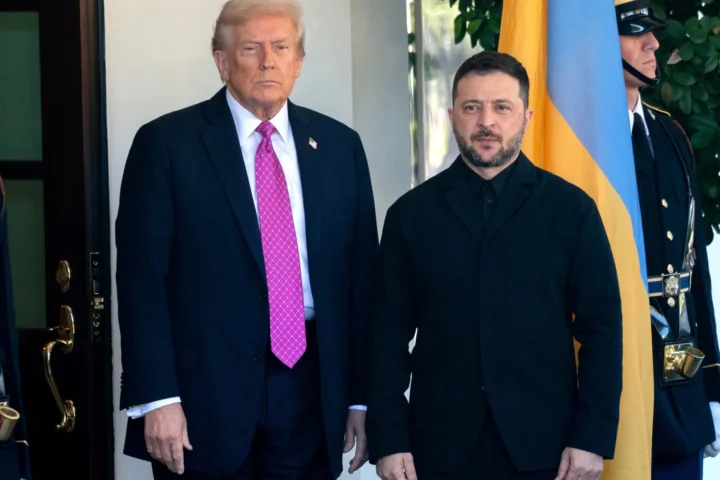Decentralized Mandates and Bureaucratic Gridlock Stall the Stand-Up
The effort to establish a dedicated Unmanned Systems branch within Russia’s Armed Forces is sputtering. The deadline Defense Minister Andrei Belousov set for standing up an independent service by the third quarter of 2025 now appears likely to slip.
Sources say that while Russia has achieved a three-year surge in combat drone capabilities, the authorities have yet to bring order to the sector. “Ancillary problems and the divergent demands of interested stakeholders are getting in the way,” one source said.
According to these accounts, the Defense Ministry has not managed to optimize the process of creating a separate unmanned branch. “The process is decentralized: the Defense Ministry is responsible for forming the branch; Deputy Prime Minister Vitaly Savelyev oversees the national project on unmanned systems; and the Industry and Trade Ministry (Minpromtorg) administers that project. Other participants include the Transport Ministry, Rosaviatsiya (the Federal Air Transport Agency), and Rostec. Bureaucratic chaos has proved impossible to stabilize for three years.”
Belousov’s attempt in December 2024 to take unmanned systems under his wing (he had supervised the area as first deputy prime minister as well) did not translate into bureaucratic success. Financing, management, and standardization remain fragmented. “Early this year, Belousov pulled Nikitin out of Novgorod hoping to set up an Agency for Unmanned Systems, but Nikitin was moved into a ministerial post instead,” a source said. “The bureaucratic musical chairs around drones seem incurable—even with Putin’s intervention.”
From “Rubicon” to Regiments: Early Results, Volunteer Energy, Ukrainian Lessons
In the summer of 2024, Russia began practical work to centralize drone command and control. On August 2, 2024, the Defense Ministry established the Rubicon Center for Advanced Unmanned Technologies to test new technologies and train operators. Stationed in the so-called “new territories” (the Donetsk People’s Republic and the Zaporizhzhia and Kherson regions), the center incorporated several combat drone detachments. At the same time, Russian volunteer groups launched crowdfunding drives to support the formation of the first unmanned units—an indicator of growing grassroots initiative in this field. During this period, drawing on its battlefield experience, Ukraine formally created a separate Unmanned Systems Force within its armed forces (by presidential decree on June 25, 2024)—the world’s first branch of this kind. Russian military analysts noted that Moscow was closely studying the Ukrainian model and had begun forming separate unmanned regiments at the military-district level.
By early autumn 2024, Rubicon was demonstrating high effectiveness: its drone teams were destroying hundreds of targets and materially supporting offensive operations. On October 11, 2024, Deputy Prime Minister Belousov (then supervising UAV development) inspected Rubicon and ordered the creation of five additional unmanned detachments—one for each Russian force grouping in the SVO zone (Russia’s “special military operation”). Thus, by October, the center fielded at least six drone-operator units. In parallel, the Defense Ministry began transferring disparate volunteer UAV detachments and specialists (operators, IT personnel, radio operators) into “unified technical battalions,” effectively a pilot step toward a single unmanned structure.
Plans on Paper: ISW’s Snapshot, New Units, and 2030 Ambitions
The idea of breaking drones out into a standalone branch was first voiced publicly by Vladimir Putin, who was struck by the initiative shown by troops and volunteers at the front. In November 2024, answering a journalist’s question at a press conference in Kazakhstan, Putin confirmed that the General Staff and Defense Ministry were considering the creation of a dedicated UAV service. He said the current MoD leadership was “thinking about how to organize this work” in light of SVO experience and acknowledged the importance of the issue. It was the first public signal of a structural reform to match the realities of a “drone war.”
On December 16, 2024, at an expanded Defense Ministry board meeting, the creation of a new branch—the Unmanned Systems Troops—was officially announced. In the president’s presence, Belousov said: “We propose forming a new branch of the armed forces—the unmanned systems troops. With your decision, we will complete their establishment as early as the third quarter of next year.” In other words, the target for full organizational stand-up was set for Q3 2025. Belousov also stated that deliveries of drones to the troops in 2024 increased twenty-threefold compared with 2023. Following the announcement, work began on building the new branch’s structures.
According to the Institute for the Study of War (ISW), by early 2025 Russia had already formed its first unmanned regiment—the 7th Separate Reconnaissance-and-Strike Regiment within the Central Military District. The regiment’s authorized strength is about 1,342 service members, trained at the Defense Ministry’s 473rd District Training Center. General Staff plans envision a total of 102 new units within the unmanned branch: 41 strike and 61 reconnaissance. To accelerate growth in 2024, several experimental UAV detachments were created (based on Rubicon and other units), with five additional detachments announced for future stand-up (as ordered in October of last year).
Western sources say that by 2030 Russia intends to field up to 210,000 personnel within the Unmanned Systems Troops, organized into 277 units and sub-units. The scale points to Moscow’s intent to “absorb best practices and scale up” in order not to fall behind in the drone arms race. Independent analysts, however, have noted that success will depend on the Armed Forces’ ability to carry out the necessary organizational reforms and resource the new structure—and that is where problems persist.
On June 12, 2025, Vladimir Putin publicly confirmed that the Armed Forces are creating the Unmanned Systems Troops as a separate branch. The same day, the Kremlin press service announced that the formation of the UAV Troops had been designated a priority and would be reflected in the State Armaments Program.
Field Reality: Heavy Drone Usage, Fragmented Standards, and a Search for a Fix
By the second half of 2025, experimental unmanned units were already operating in the Russian army—including the Special-Purpose Center (the volunteer “Bars-Sarmat” unmanned systems unit) associated with Senator Dmitry Rogozin. Yet, in the view of military experts, the pace of building out a separate service remains unsatisfactory. “Bureaucracy is clearly getting in the way; the technology isn’t debugged, and there’s no targeted funding.” The core challenge is the chaotic proliferation of drone types and control methods. “There are disparate engineering solutions, often improvised. Individual designs are effective, but moving to industrial-scale solutions isn’t yet possible because the systems need agile firmware capable of operating across frequencies,” one expert said.
Military sources estimate that Russian units in the SVO zone deploy roughly 3,500 drones of various types every day—and that number keeps growing. The army’s structure is not yet configured for autonomous systems and their command-and-control.
A few days ago, Defense Minister Belousov visited the headquarters of the “Center” grouping, where he reviewed ground UAV control stations developed by servicemen, adapted for all types of drones and integrated with radio-frequency links and modern electronic-warfare systems. He also examined the work of a center for training, development, and employment of unmanned engineering systems.
That site could serve as a pilot. Belousov himself is now trying to identify an adaptation methodology and an operating algorithm to launch the project of building out the Unmanned Systems Troops.


